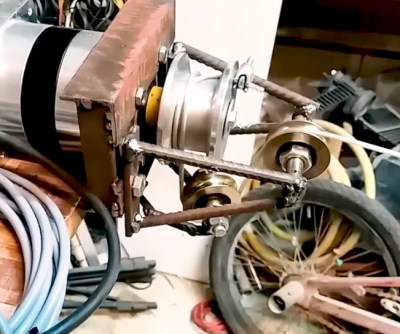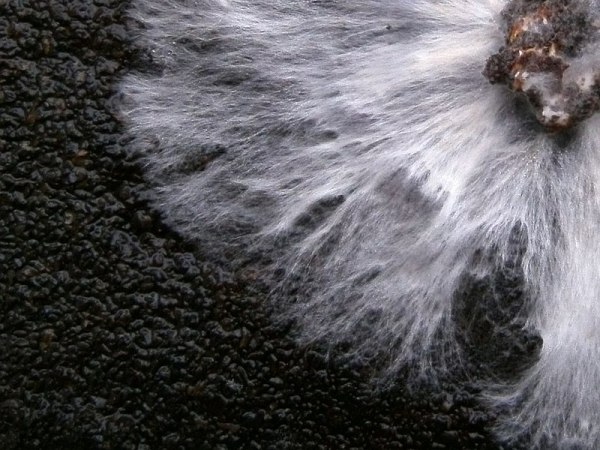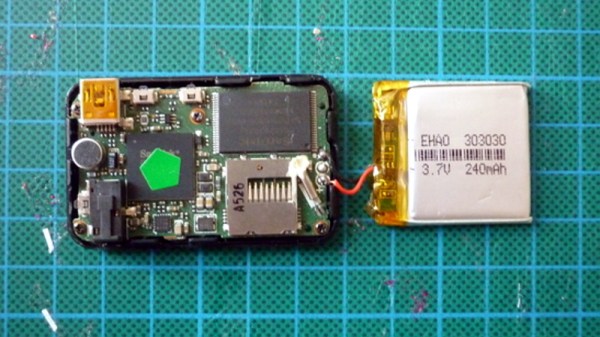Wind turbines are great when the wind flow is predictable. In urban environments, especially in cities with skyscrapers, wind patterns can be truly chaotic. What you need, then, is a wind turbine that works no matter which way the wind blows. And just such a turbine has won the global first prize James Dyson Award. Check out their video below the break.
The turbine design is really neat. It’s essentially a sphere with vents oriented so that it’s always going to rotate one way (say, clockwise) no matter where the wind hits it. The inventors say they were inspired by NASA’s Tumbleweed project, which started off as a brainstorming session and then went on to roll around Antarctica. We tumbled into this PDF, and this summary report, but would love more info if any of you out there know something about Tumbleweeds.
Back to the turbine, though. How efficient is it? How likely is it to scale? How will a 3D-printed version drive a junk-bin brushless motor on my balcony? The jury is still out. But if a significant portion of the wind comes from otherwise unusable directions, this thing could be a win. Who’s going to be the first to 3D print one?
Continue reading “Tumbleweed Turbine Wins Dyson Foundation Award”



















